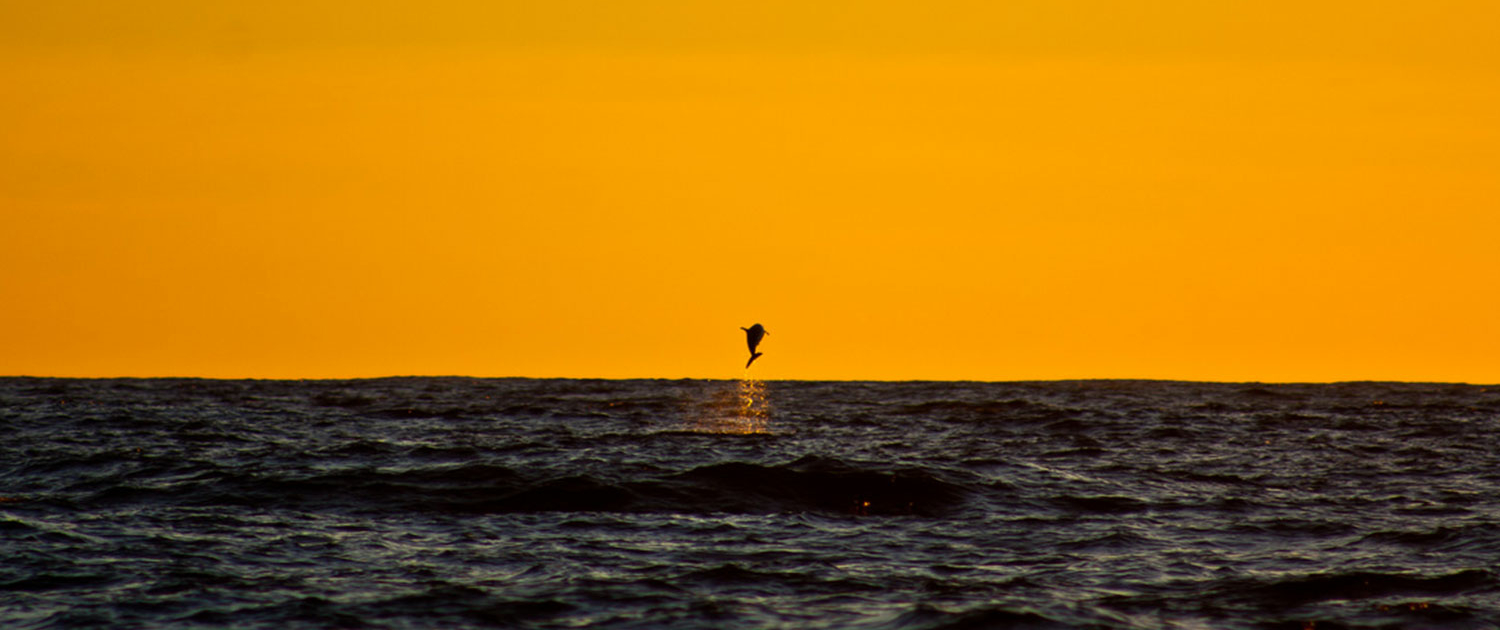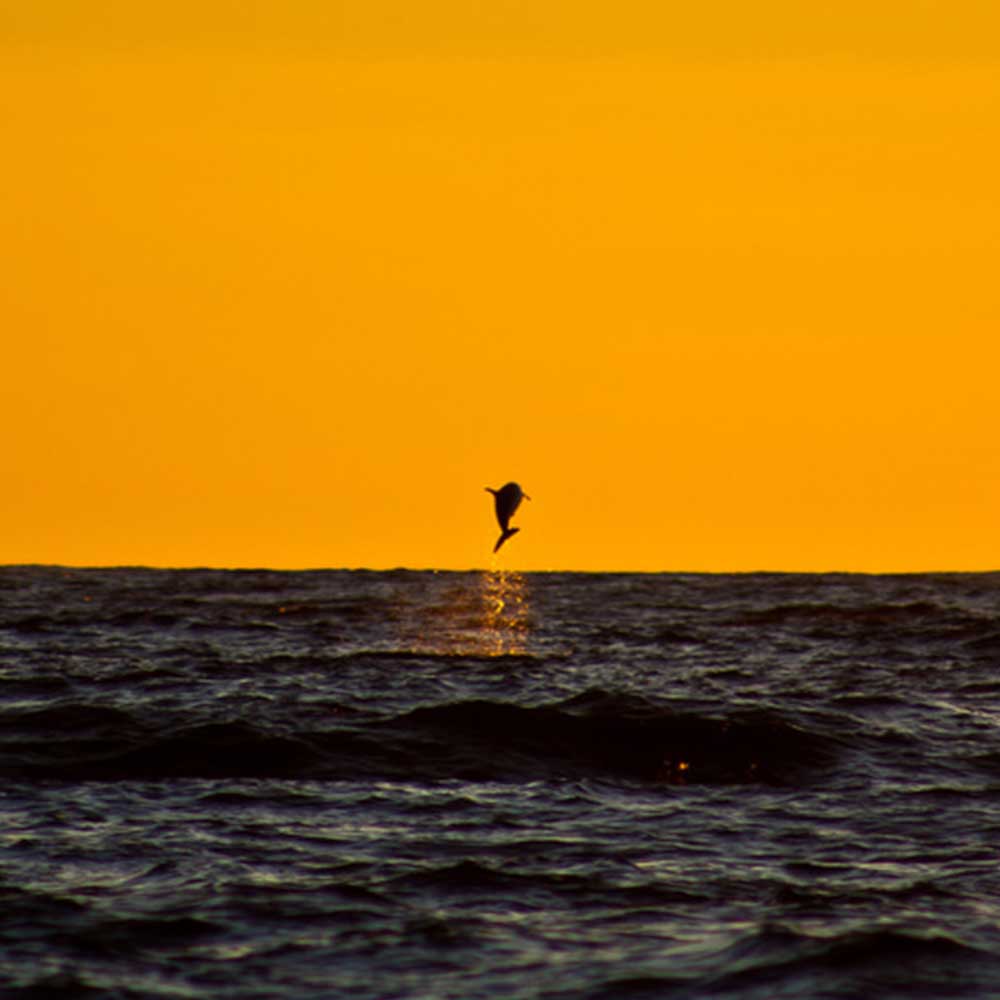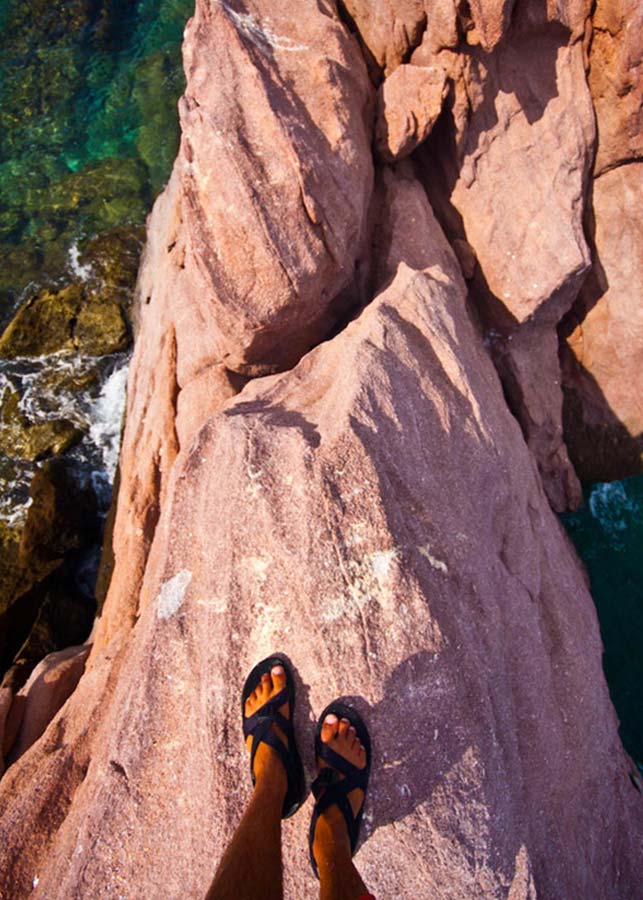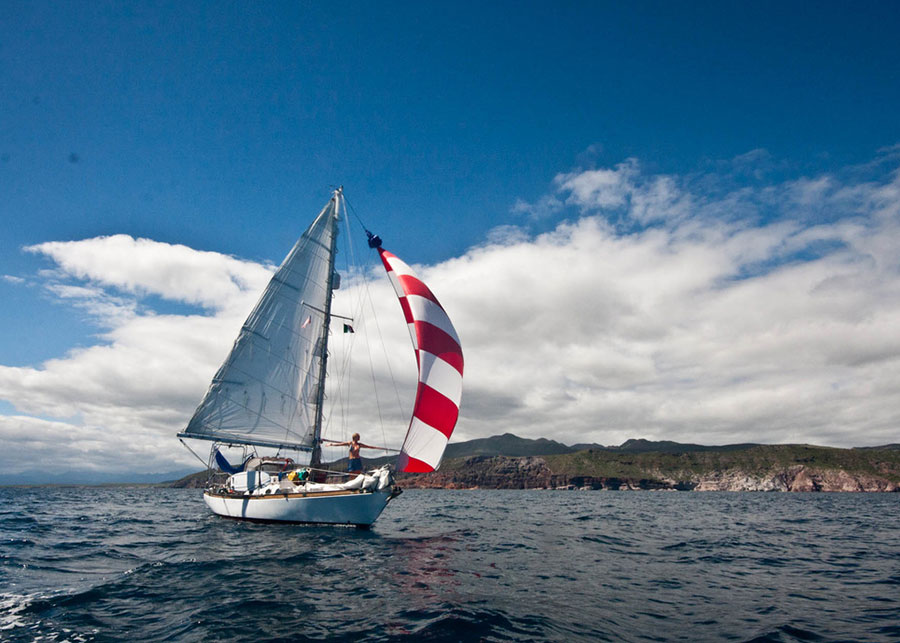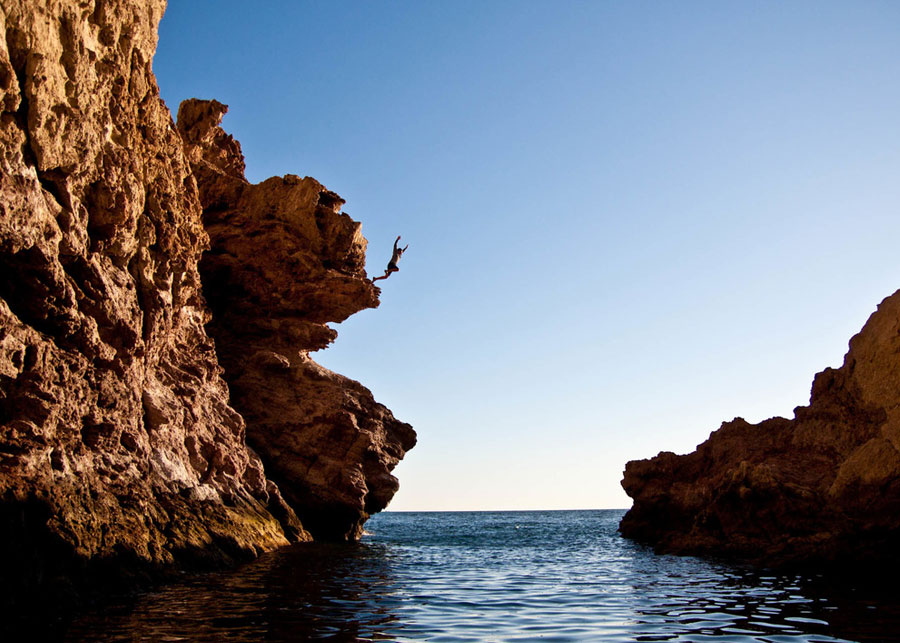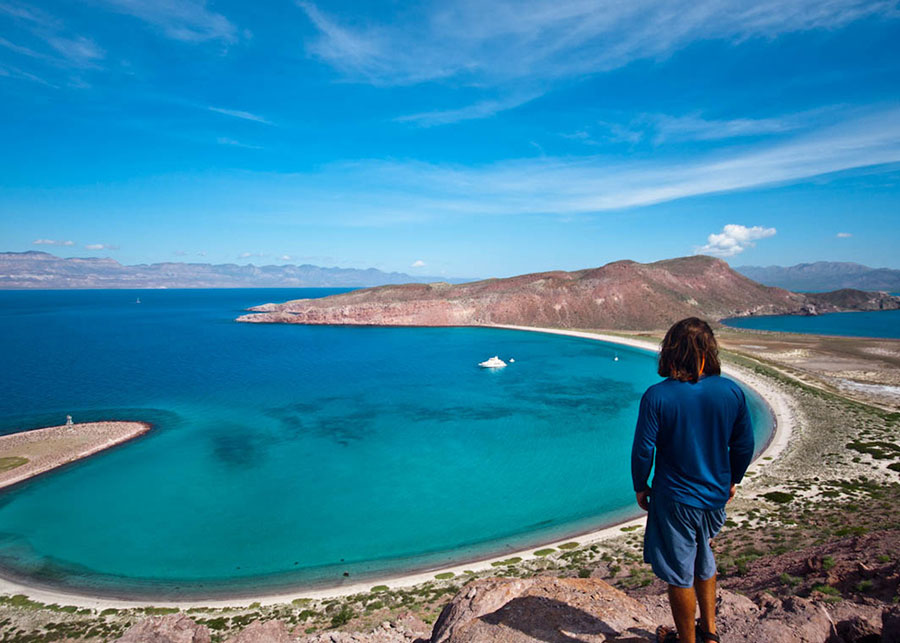A good place to start is to take a hard look at where your money goes. How much do you spend a month at coffee shops? What do you spend every year on gas for your car? Do these financial expenditures bring you proportional amounts of happiness? Fulfillment? Add all these figures up and make pie charts and really wrap your head around where all of your money goes. A couple of dollars a day add up to substantial amounts of money over the course of a year. There are plenty of apps to help you with this.
Once you have a good understanding of where your money goes, start making decisions on where you can spend less. Maybe you’ll move into a smaller apartment. Maybe you’ll sell a bunch of the clothes you bought on a whim. Maybe you’ll trade your car in for an older one or start riding a bike to work. Cut out all of the expenses that don’t enrich your life!
These are the parts that won’t be fun or easy, but they’re also the parts that will enable you to live your dream in the end. Find a balance between austerity and happiness and don’t lose sight of the light at the end of the tunnel.
Step 2: Make a Plan
Make sure you have a legit parachute before you jump out of the plane. Quitting your job with just the vague notion that you’re going to “travel the world!” or “ride a bike through India!” would be a bit rash. Conduct some serious research, develop a budget, come up with a timeline, and know what you’re getting yourself into.
Read books, send emails, and learn as much as you can about your new life. People are always eager to share their experiences, so reach out to folks that have done something similar. You need to understand the nuances of what your new life will be like, especially the realities and difficulties you will surely encounter.
The next step is cracking open a spreadsheet to figure out the financial realities of your dream. What will your living expenses look like? Will you have any residual income from investments? How much does food cost in Tibet? How many kilometers can your motorcycle go on a liter of fuel? How much will health insurance cost? Will you have a monthly cell phone bill? What is rent on a beach cabana in Costa Rica?
Chances are your new life is going to be totally different (financially) from your old life, so there will definitely be some guesstimating and back-of-the-napkin calculations. Do your best, but be realistic and base your budget on research. Based on all of these costs, figure out either how much you need to save, or how long you’ll be able to unplug. Plan to have some cushion money stashed away for your return back into the world of work in case it takes a while to get a job again.
Once you know roughly how long you’ll be gone, give yourself some milestones—things you want to accomplish and a date to accomplish them by. My initial milestones involved buying a boat and learning to sail. Eventually they evolved to sailing to the Sea of Cortez before hurricane season and arriving in Chile before winter set in. I found it was really important to stay motivated and focused, because it is really easy to just veg and relax once you’re not working every day.

